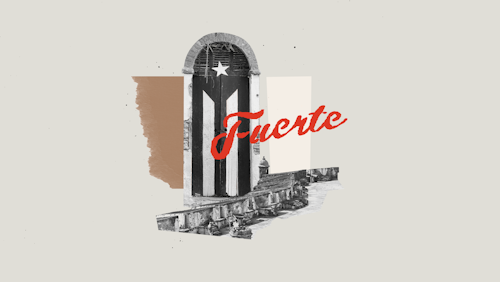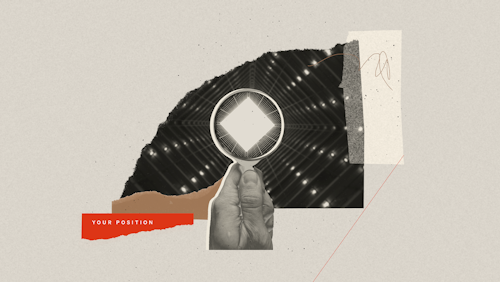Brand Strategy
B2B Brand Archetypes: 12 Compelling Characters That Can Tell Your Story
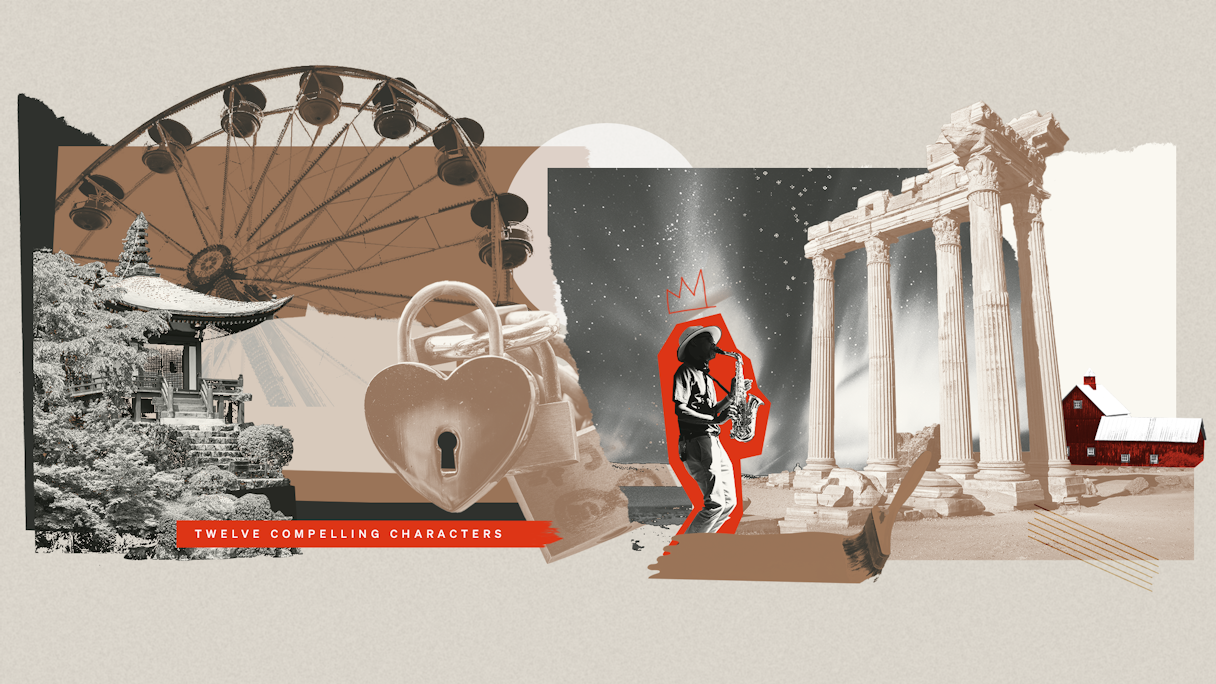
Developed by psychologist Carl Jung, archetypes embody shared experiences and stories we can all relate to. They are character models that are universally understood, transcending time, language, culture, and gender.
These 12 archetypes — with names like the Hero, the Explorer, and the Innocent — can live in both modern and historical storytelling, giving us a lens through which we can easily understand the motivations, goals, and mindsets of characters.
Storytelling isn’t only a consideration for fictional characters and tales — it’s a key part of building a brand identity.
In our work at Focus Lab, we aim to make brands as tangible as possible — living, breathing ideas that real humans can understand and relate to. By identifying brand archetypes that resonate with the future of your brand within our brand strategy work, they inform the ways in which your brand’s personality is expressed both visually and verbally.
➤ TAKE OUR BRAND ARCHETYPE QUIZ
Through our brand strategy work, we help you identify archetypes that resonate with the future of your brand and inform expressions of its personality, visually and verbally.
We've talked about brand archetypes before, but let's break them down individually.
At a high level, there are four main categories of brand archetypes, defined by their motivations and how they help their audiences. Reviewing these categories can give you a better idea of where your brand might fit, and which archetypes can be compelling sources of inspiration. Below, you’ll see examples of brands for each archetype. Some of those brands are past Focus Lab partners, others are not. For those that are not, we’ve presumed their archetypes using our expert analysis of their current brand expressions.

Category One: Structure and Stability
The Creator, Caregiver, and Ruler are motivated by providing structure and stability through their offerings, and ultimately help their target audience feel safety and security.
- Creator brands offer enduring structure and value through crafting specific visions for their audience.
- Caregivers offer structure through support and a helping hand.
- The Ruler promises leadership for their audience to follow.
The Creator
Creators spark new ideas, conversations, and ways of moving forward. They often have an inspiring story behind their brand and rally others through their innovation. They are highly imaginative and expressive and work to drive their industry forward with inventive ideas.
Creators gain ardent followers through displaying their work and ideas. This archetype is more common for brands that focus on innovating new ideas and produce new work often.
Brand Examples: Four Kitchens, Artifact, Adobe, Apple
The Caregiver
Caregivers are unselfish and giving in nature, motivated by supporting others. They maintain calm in crises and have an optimistic worldview.
Caregiver archetypes are often seen in charitable organizations and nonprofits. Although less common in the B2B world, it would be an asset to a selfless, optimistic organization that truly wants to put their customers at the center of the story.
Brand Examples: Reify Health, McAfee, Okta
The Ruler
The Ruler has (and often confers) status, prowess, and stability. They have demonstrated deep expertise in their subject matter and are confidently and powerfully leading their industries. They often create structures and organization, crafting best practices for others to follow.
To their audiences, they are a brand to look up to. They provide elegant products and solutions, and have earned their status through experience. Regardless of trends and shifting tides, Ruler brands maintain quality and leadership, representing a stable force during changing times.
Brand Examples: PolyAI, Rows, Microsoft, IBM
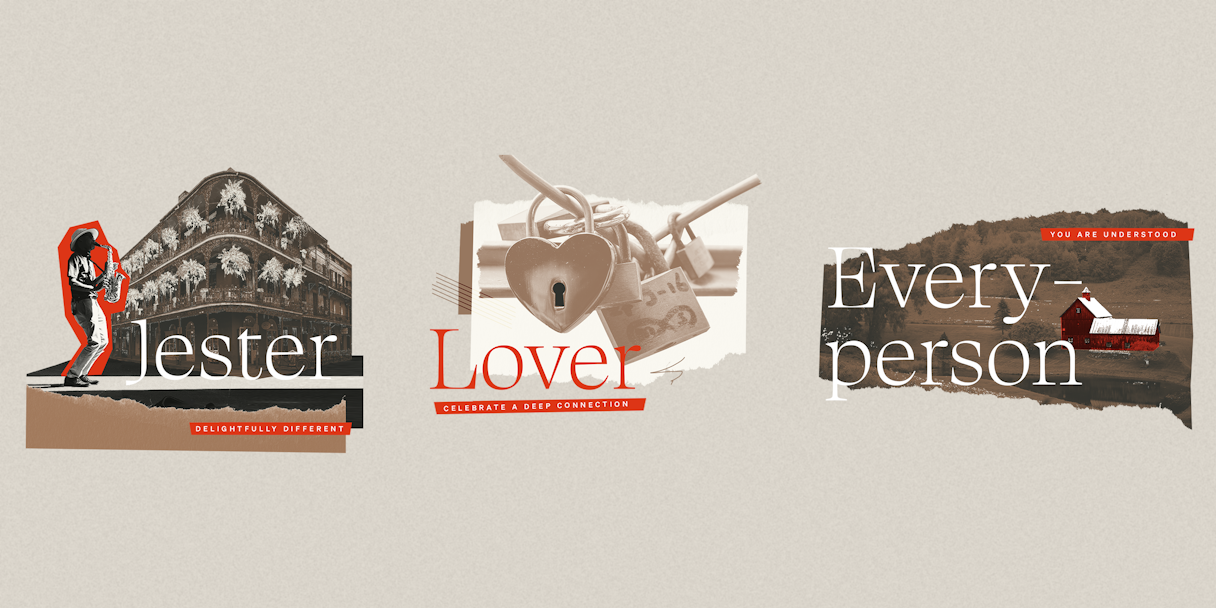
Category Two: Belonging and Enjoyment
The Jester, Everyperson, and Lover are motivated by providing belonging and enjoyment, and help their audience find community and connection through their products and services.
- Jesters help their audience live in the moment, finding fulfillment and joy, often through irreverence and new perspectives.
- Everyperson brands promise a way to belong and fit in.
- The Lover offers passion and the deepening of relationships. "The Lover" can feel odd for a brand, but think of Hallmark enabling its audience to heighten their relationships with the important people in their lives.
The Jester
Jesters are clever and unexpected, offering a delightfully different and fresh point of view. They seek to change perspective, shifting meanings and reinterpreting ideas. Jesters tend to transcend societal norms, giving little mind to the accepted ways of doing things, charting their own course instead.
Compared to other pioneering types (like the Explorer, which we’ll get to in just a moment), the Jester carves their path with humor and joy. They may have an irreverent sense of humor and appeal to their audience through joyful and surprising antics. They see opportunity in their midst and seek to take you along for the ride with them.
Brand Examples: Mailchimp, GoDaddy
The Everyperson
The Everyperson appeals to others through their relatability and humanity. Everypersons embrace their imperfections and are deeply authentic, approachable, and friendly. Their appeal is rooted in their ability to make their audience feel comfortable and understood.
The Everyperson archetype is a great choice for brands that want to ensure their audience feels a sense of belonging. Everyperson archetypes often appeal to wide groups, seen as a sincere partner that acts similarly to a friendly neighbor or advocate.
Brand Examples: Real Thread, Notion, Salesforce, Shopify
The Lover
Lovers celebrate our deep connection to the ideas and items we need and use every day. They amplify the experience we have with people, products, and solutions, pointing out what’s special and life-affirming about these relationships.
Brands that choose the Lover archetype cherish relationships. Lovers are deeply passionate, and they elevate their relationships with their audience to a high level.
Brand Examples: Surfe, Zoom, Figma
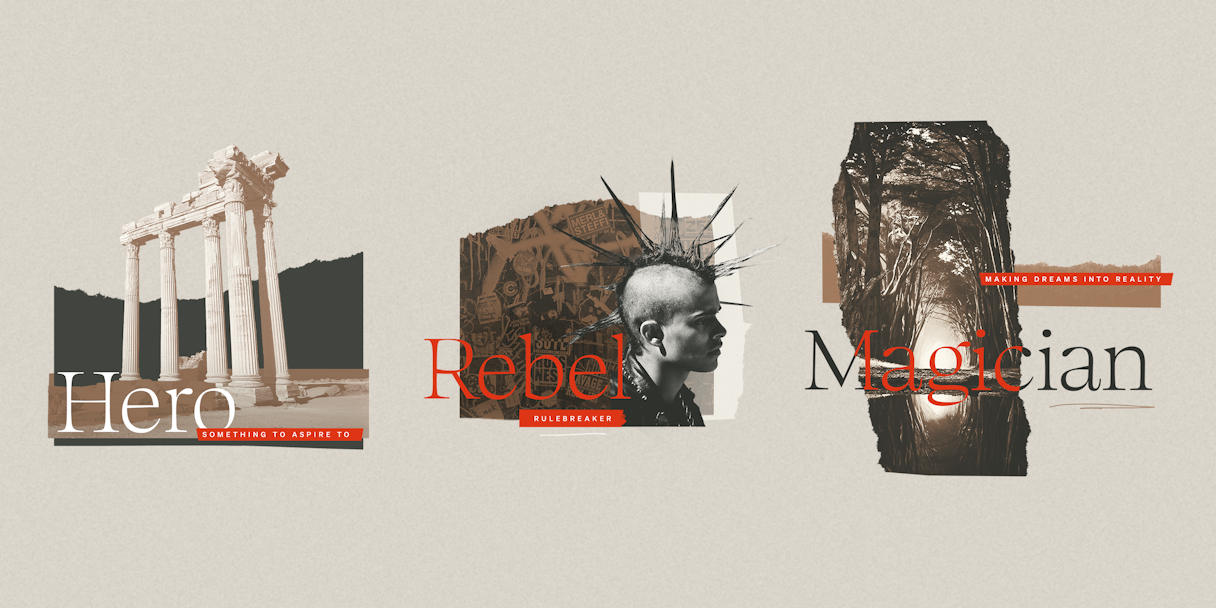
Category Three: Leveling Up and Tackling Uncertainty
The Hero, Rebel, and Magician are motivated by helping their audiences level-up their businesses and tackle uncertain situations. Their audiences want to achieve more and leave a mark in their industry.
- The Hero promises achievement through courageous leadership and action.
- Rebels help their audiences flip the status quo — creating change through revolutions.
- The Magician demonstrates a way to unlock potential through a deeper level of understanding and exceptional products and services.
The Hero
Heroes embody traits that exist within all of us and stories that match our own. Just like a comic book superhero, they are average individuals or groups who overcome odds to achieve triumph. They are often courageous, brave, and sacrificial.
They kindle what’s best in people who interact with them, making their target audience feel known, seen, and full of potential to do their best and achieve more. Hero brands are those that lift us up and give us something to aspire to.
Brand Examples: Stripe, Next Insurance
The Rebel
Rebels challenge existing solutions. They lay the groundwork for change, providing alternatives to existing solutions that they (and their audience) view as underwhelming.
The Rebel gives a voice to their audiences, who are fed up with the status quo. They are unafraid of breaking rules and challenging conventions. They are progressive thinkers and bring a fresh perspective.
Brand Examples: Dooly, Spotify, Robinhood
The Magician
Magicians inspire wonder and loyalty by making dreams into reality. They are dynamic, charming, and influential, manifesting ideas into something tangible in a way that feels like magic.
Magician brands present as insightful, experienced, and agile. Their offerings strike their audience as intuitive, full of clarity, and awe-inspiring. They’re a perfect match for an audience seeking an exciting solution that’s filled with mystique and delight.
Brand Examples: Broadlume, Loom, Slack
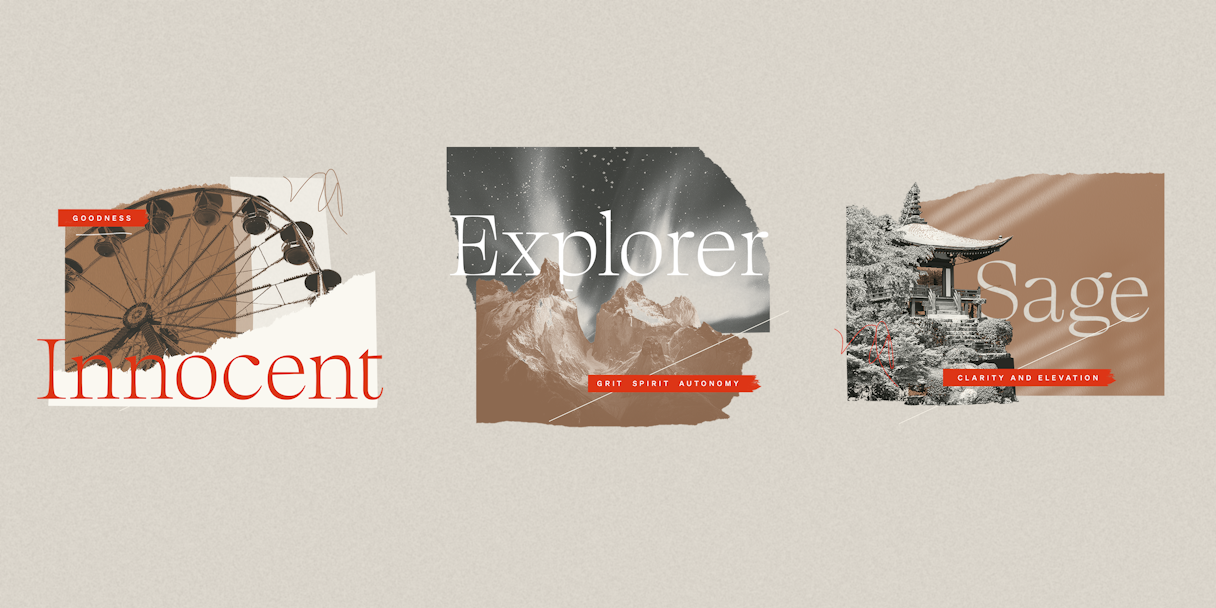
Category Four: Independence and Fulfillment
The Innocent, Explorer, and Sage are motivated by providing independence and fulfillment to their audience; they want them to find happiness through their work.
- Innocents promise clarity and optimism — an overall easier way of doing business.
- The Explorer shows their audience how to achieve freedom through their work, operating as their most authentic selves.
- Sages help their audience to uncover the truth they desire through intelligence, wisdom, and investigation.
The Innocent
The Innocent offers a worldview of simplicity, ease, and good. They inspire optimism and nostalgia, promoting the idea of goodness and inclusivity.
For their audience, Innocents offer renewal and a fresh start. They represent the idea of a simpler and uncomplicated way of doing things, without treading into naivety.
Brand Examples: Calendly, Gusto
The Explorer
Explorers exhibit grit, spirit, and autonomy. They are motivated by new experiences, excitement and a sense of wonder. They are pioneers, always seeking the road less traveled and the unexpected.
The Explorer is unafraid and audacious, and is a perfect match for a brand that wants to lead their audience on a new adventure. They are risk-takers and hold the hand of their audience while they take a leap together.
Brand Examples: Elastic Path, Zuora, Kasada, Coinbase, Gong
The Sage
The Sage is defined by its deep wisdom, through which it offers clarity and elevation. They develop their offerings through deep analysis and consideration, and are talented at revealing and solving problems others cannot — they are uniquely qualified for the work they do.
Sages are deep thinkers and researchers. They are experts in their craft and test their hypotheses thoroughly. They attract audiences that are similarly autonomous and logical, seeking solutions that are stress-tested and qualified to solve for their needs.
Brand Examples: FMA, Luminate, Google, TED
At Focus Lab, we believe archetypes are inputs that help develop and express brand motivations and personhood. So we have our partners take a quiz about their brand in order to select their leading archetype. The best part: the quiz is designed to mask specific archetype names and identifying features, so our clients' selections are as unbiased and authentic as possible.
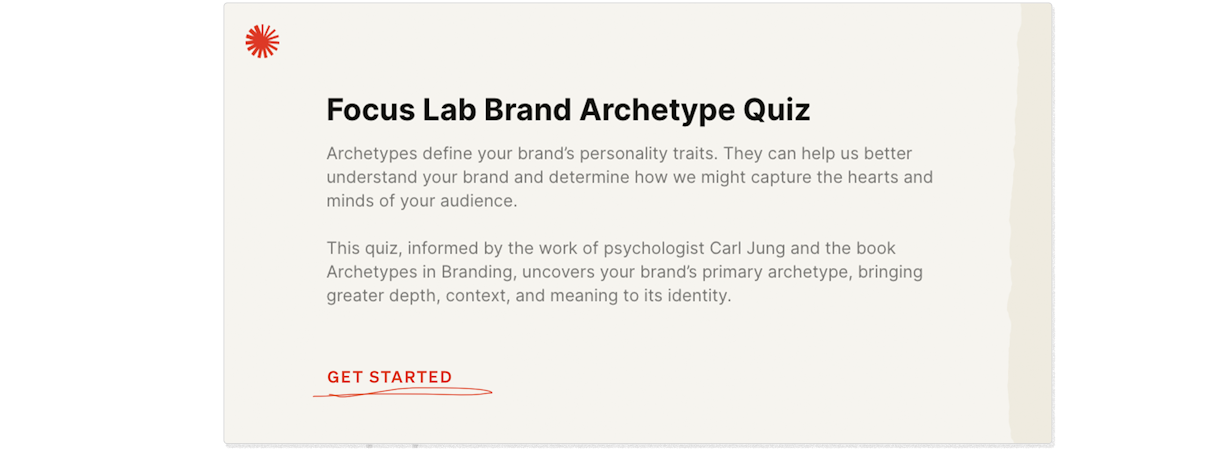
We're excited to share the brand archetype quiz our clients take with you. As we advise our clients, don’t be dissuaded by an archetype because of its name. A moniker can always be shifted or changed. Be sure to explore the core ideas, and make a decision to help you stand apart and above.
At the end of the day, archetypes help a brand have a distinct point of view, build an emotional response with its audience, and tell a clear story. But they are simply one lens to make that happen, and one that we consider alongside many other elements.
Sources
The Hero and the Outlaw by Margaret Mark and Carol S. Pearson
